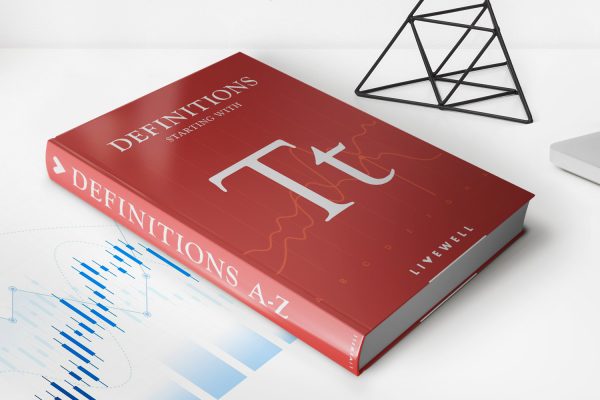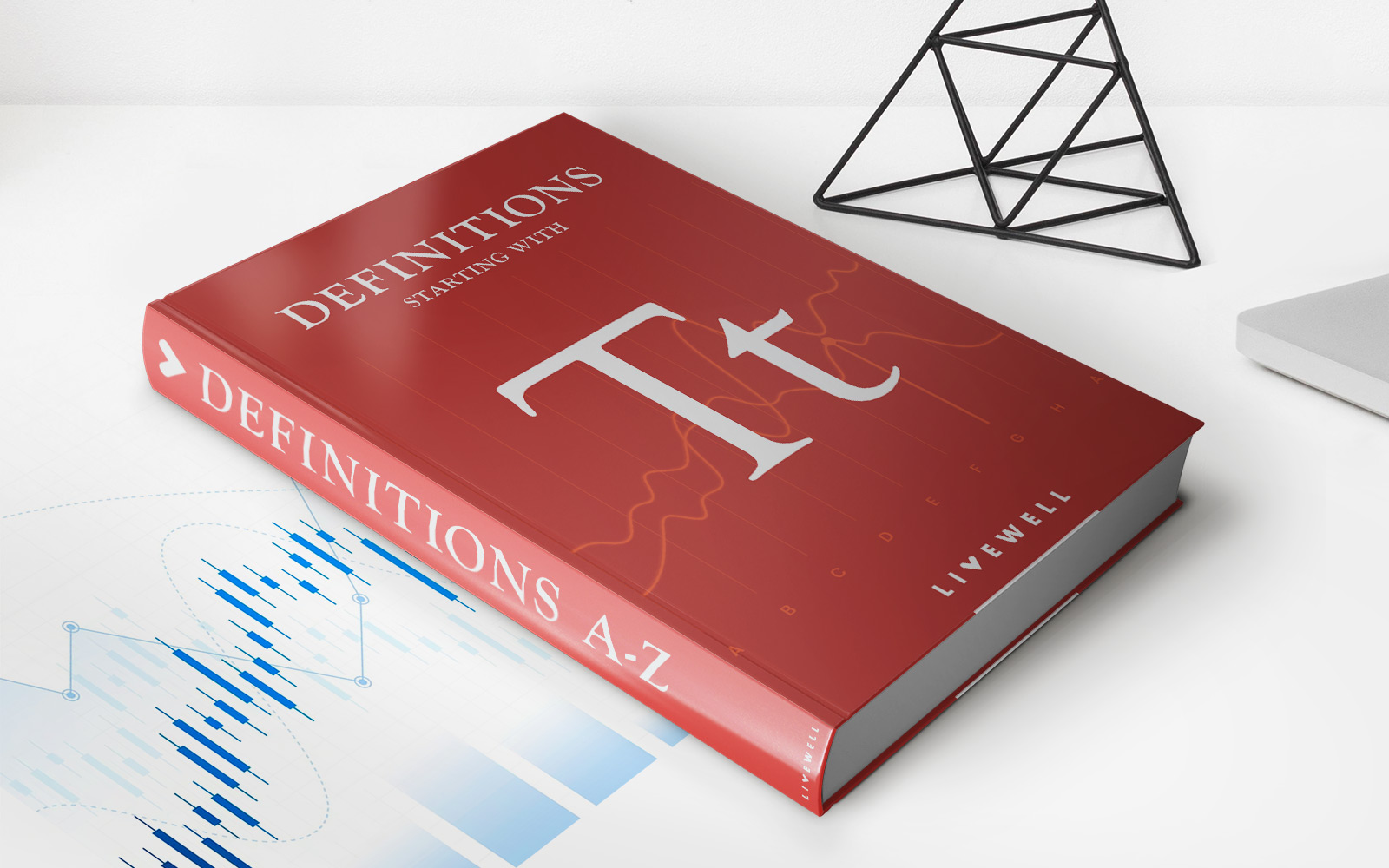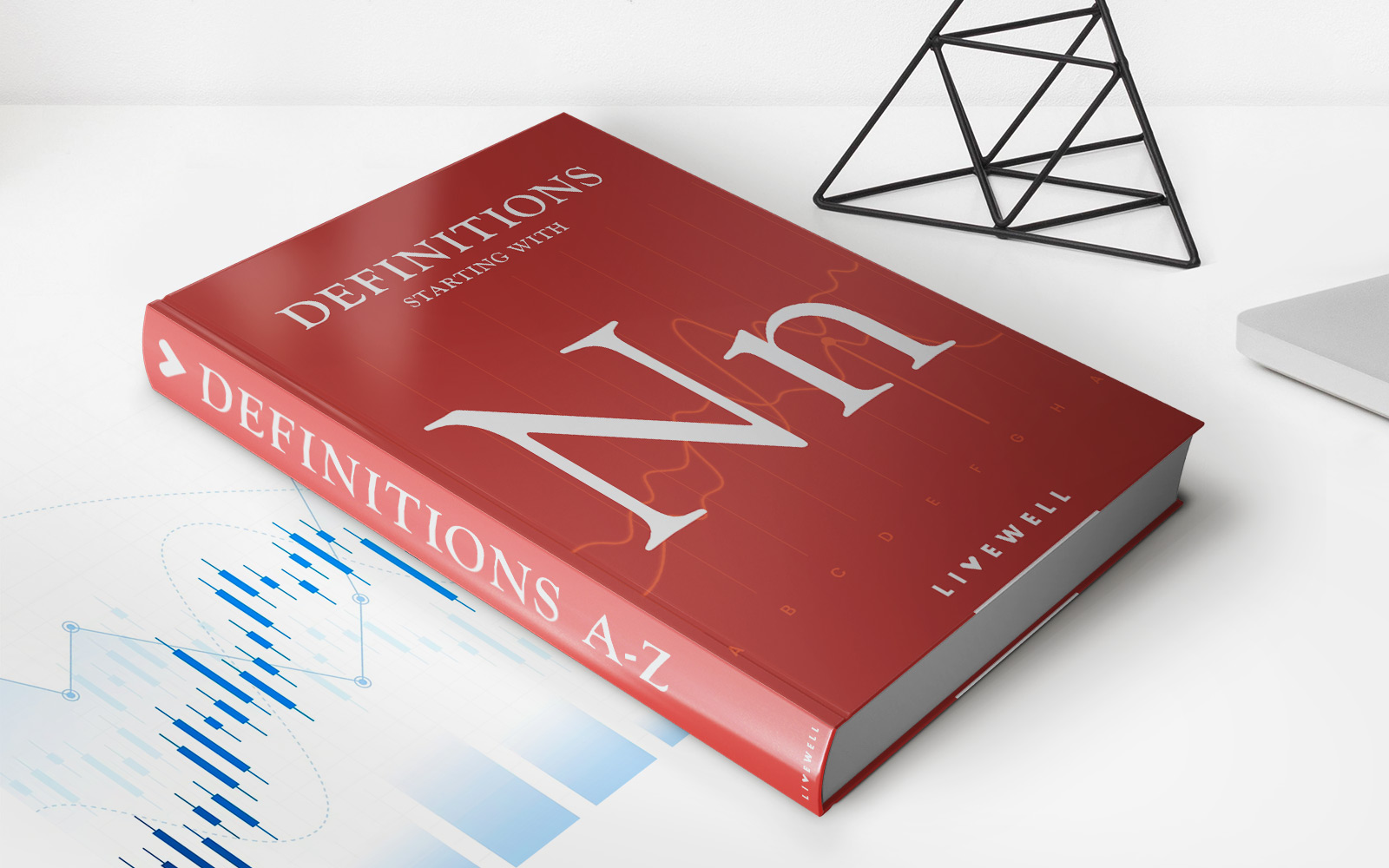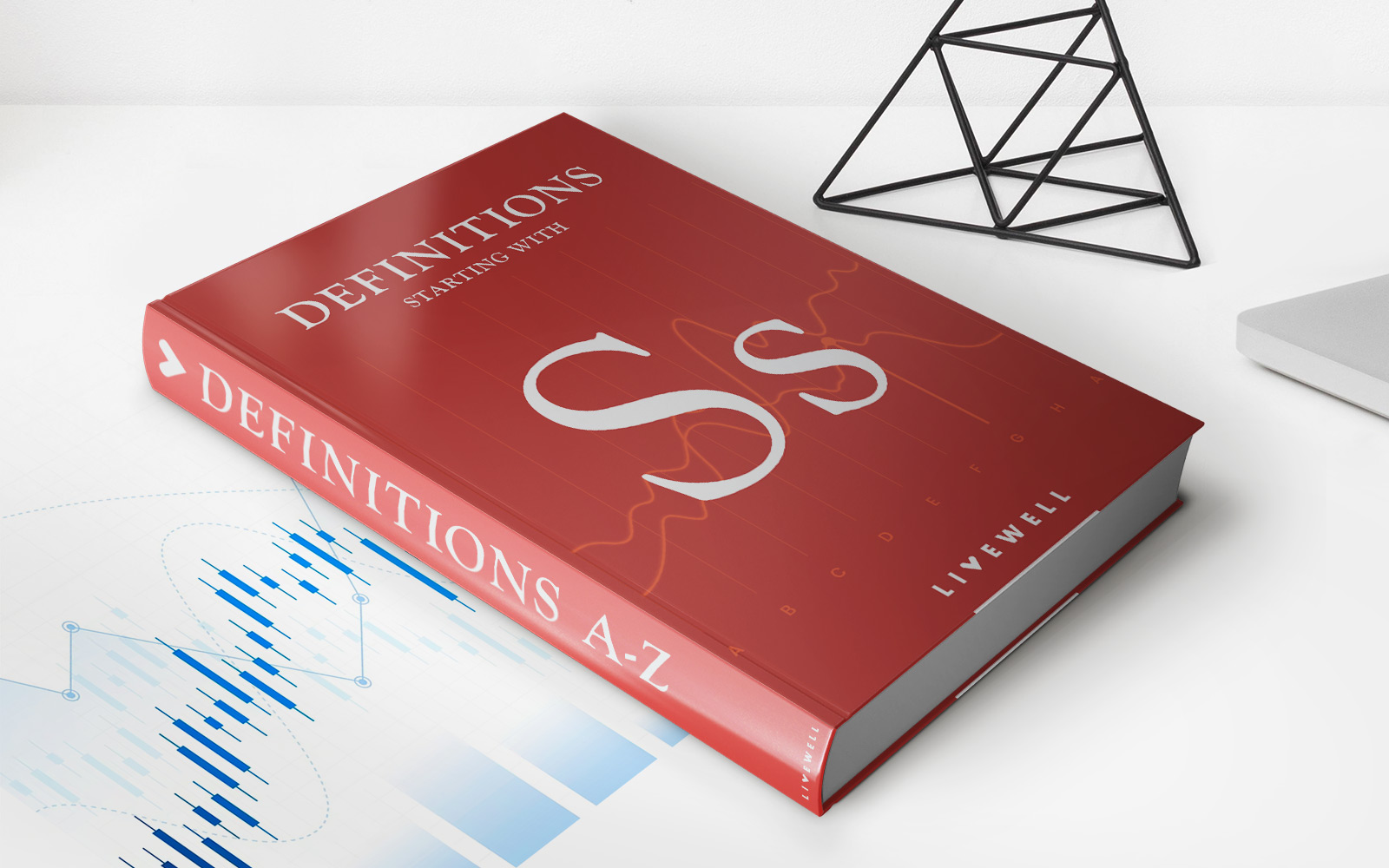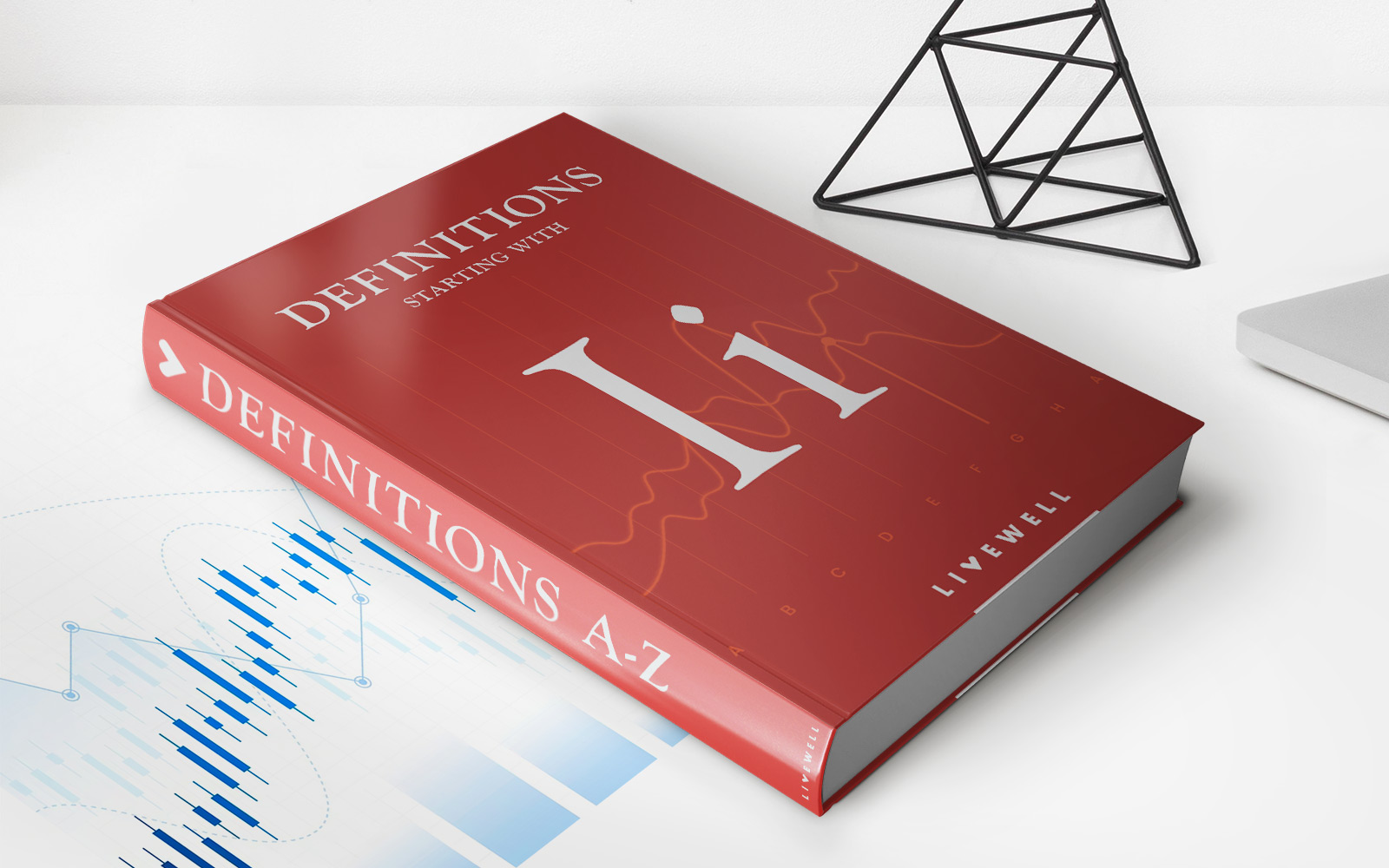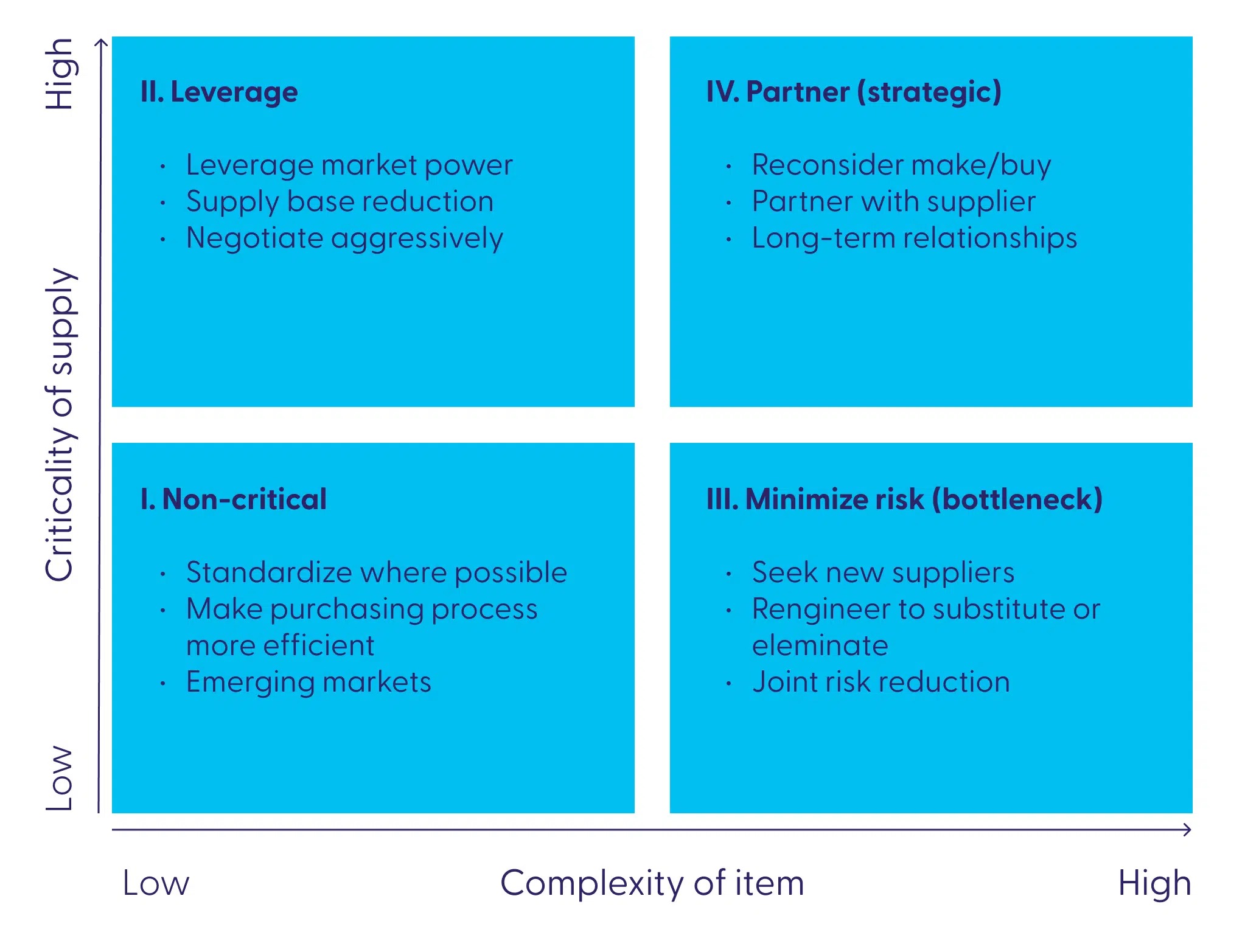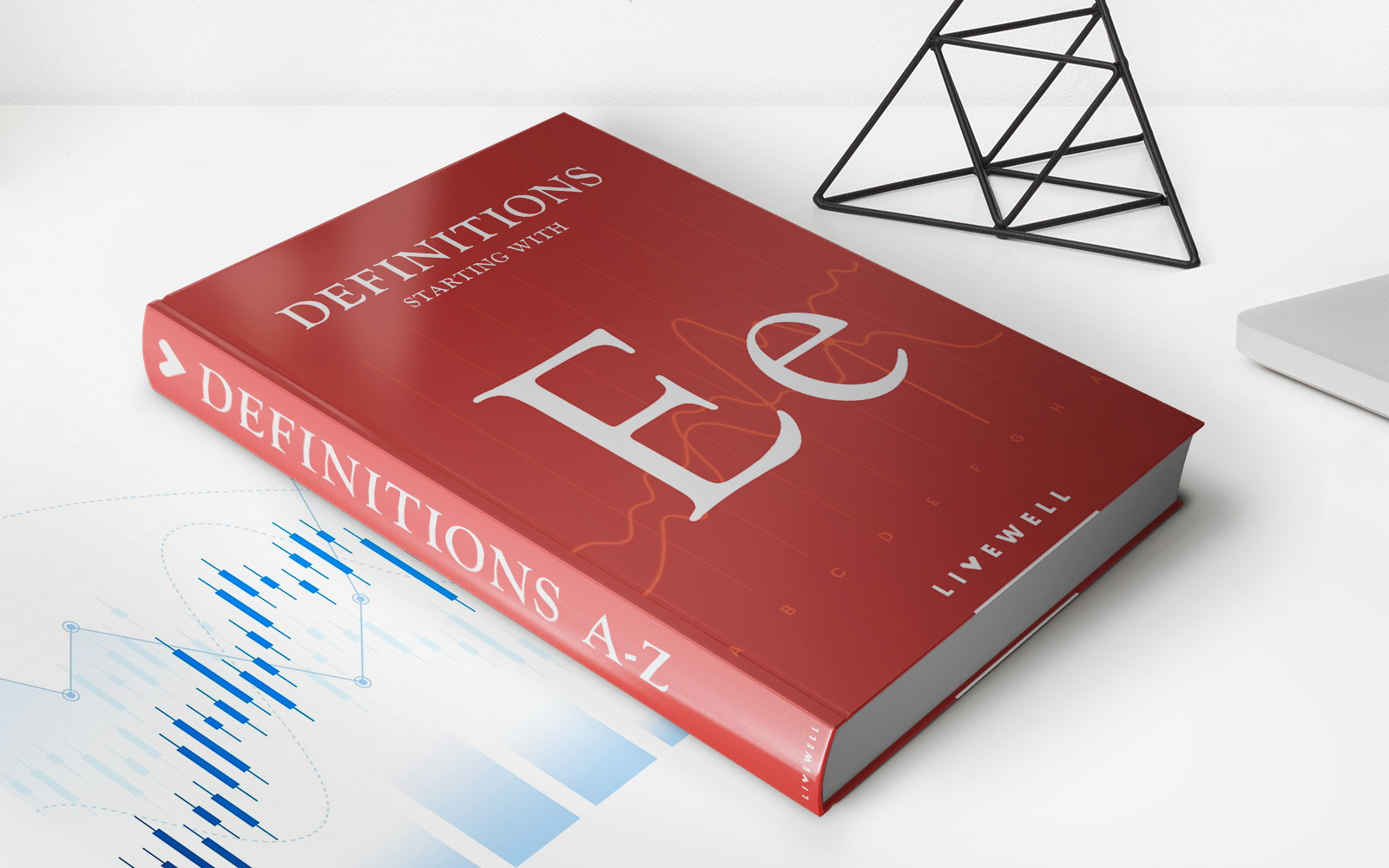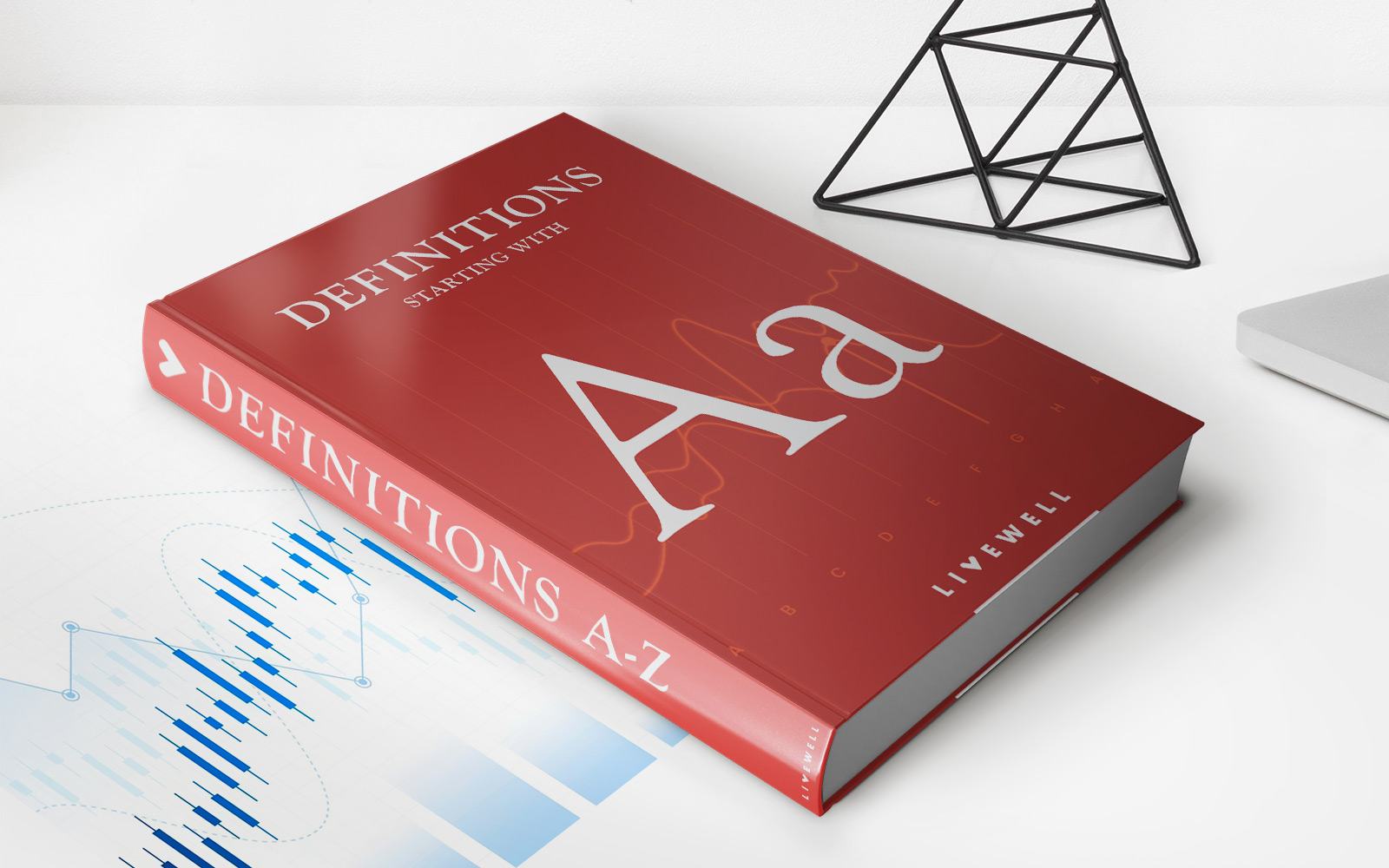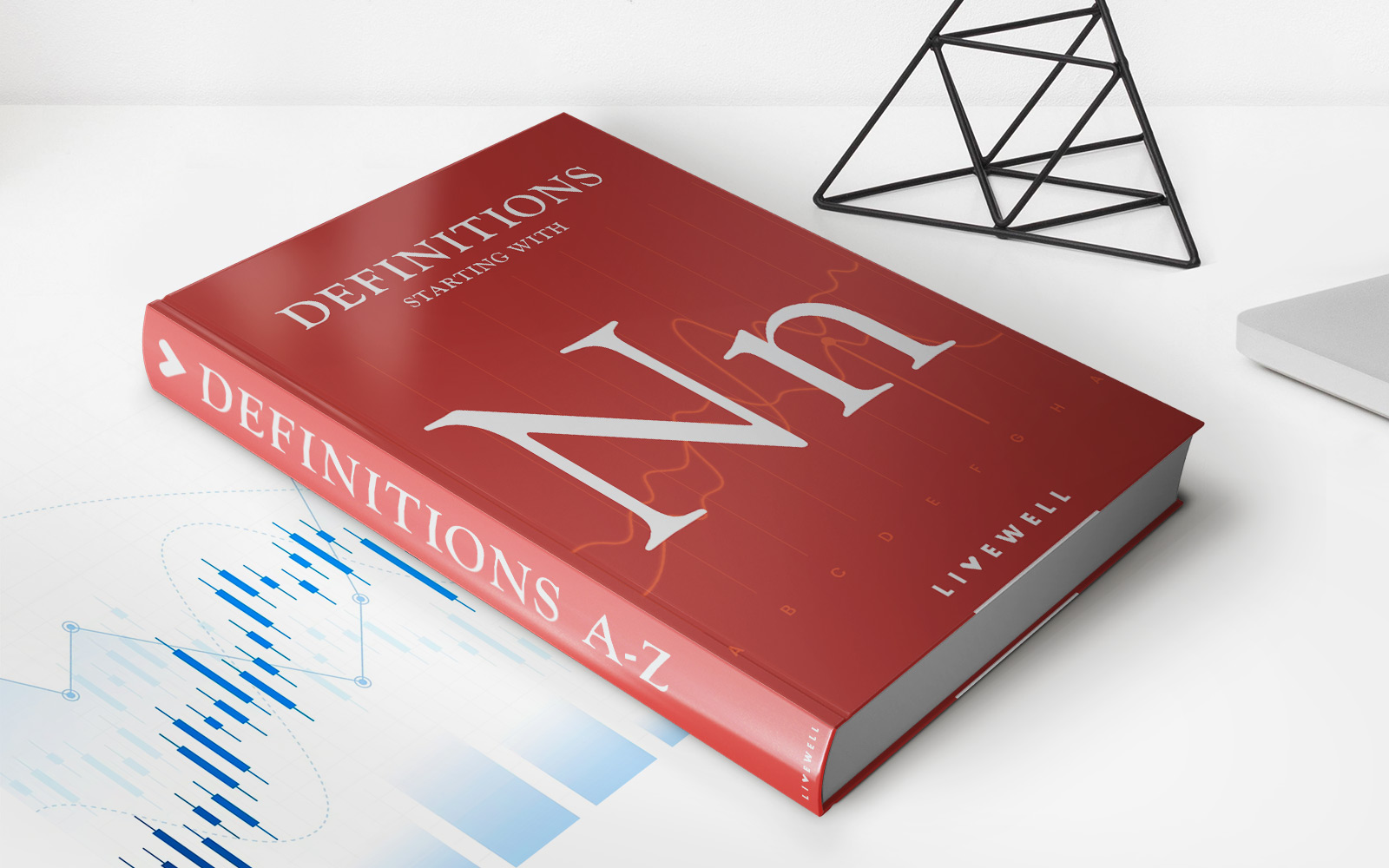

Finance
Nonpar Item Definition
Published: January 1, 2024
Learn the definition of nonpar items in finance and understand their significance in the industry. Explore how these items can impact financial transactions and investment strategies.
(Many of the links in this article redirect to a specific reviewed product. Your purchase of these products through affiliate links helps to generate commission for LiveWell, at no extra cost. Learn more)
Nonpar Item Definition: Understanding the Basics of Finance
Welcome to our latest blog post in the “FINANCE” category! Today, we will dive into the world of nonpar items and provide a comprehensive definition and understanding of this important concept in finance. If you’ve ever wondered what nonpar items are and how they affect your financial future, you’ve come to the right place. So, let’s get started!
Key Takeaways:
- Nonpar items are financial instruments with a value lower than their face or par value.
- Understanding nonpar items is crucial for making informed financial decisions.
What are Nonpar Items?
Nonpar items, in simple terms, are financial instruments that have a value lower than their face or par value. These items can take various forms, such as bonds, stocks, or even insurance policies. They differ from par items, which have a value equal to their face or par value.
Nonpar items are prevalent in the financial world and can have significant implications for investors, insurers, and even individuals planning their retirement. It’s crucial to gain a solid understanding of nonpar items to navigate the complex landscape of finance effectively.
Why Should You Care about Nonpar Items?
Now, you might be wondering, why should you care about nonpar items? Here are a few reasons why having knowledge about nonpar items is of utmost importance:
- Investment Decision-Making: Understanding nonpar items enables you to make informed investment decisions. It helps you determine the actual value of a financial instrument and gauge its potential returns.
- Insurance Planning: Nonpar items, such as nonparticipating insurance policies, can impact your insurance planning. By understanding how these policies work, you can choose the right coverage for your needs.
- Retirement Planning: If you’re planning for retirement, nonpar items can play a significant role. Understanding how these instruments perform can help you make strategic decisions, ensuring a secure financial future.
The Impact of Nonpar Items
Nonpar items have a direct impact on various aspects of our financial lives. Here are a few key areas where nonpar items make a difference:
- Valuation: Nonpar items require specialized valuation techniques to determine their true worth. Understanding these techniques can help you assess the financial health of companies or evaluate investment opportunities.
- Financial Statements: Nonpar items can affect a company’s financial statements, impacting its profitability, net worth, and overall financial performance.
- Insurance Benefits: Nonpar insurance policies may offer lower premiums initially but provide limited benefits compared to participating policies. Knowing the difference can help you make an educated decision when buying insurance coverage.
Wrapping Up
Nonpar items are a crucial aspect of finance that can significantly impact our investments, insurance planning, and retirement. Understanding the basics of nonpar items equips you with the knowledge needed to make informed financial decisions and safeguard your future.
So, whether you’re an investor, an insurance policyholder, or someone planning for retirement, take the time to dive deeper into the world of nonpar items. It’s an essential step towards achieving your financial goals and securing a prosperous future.
